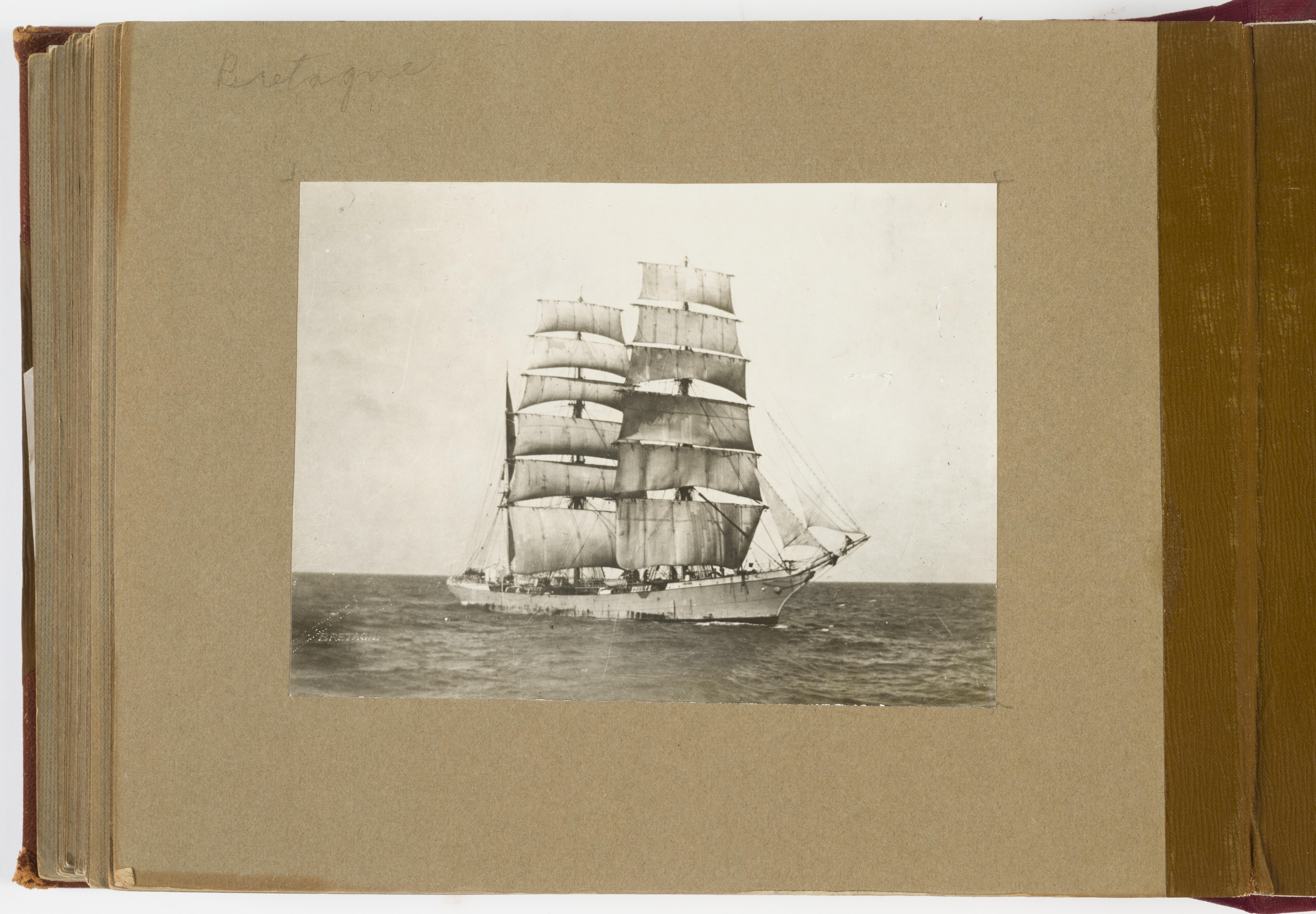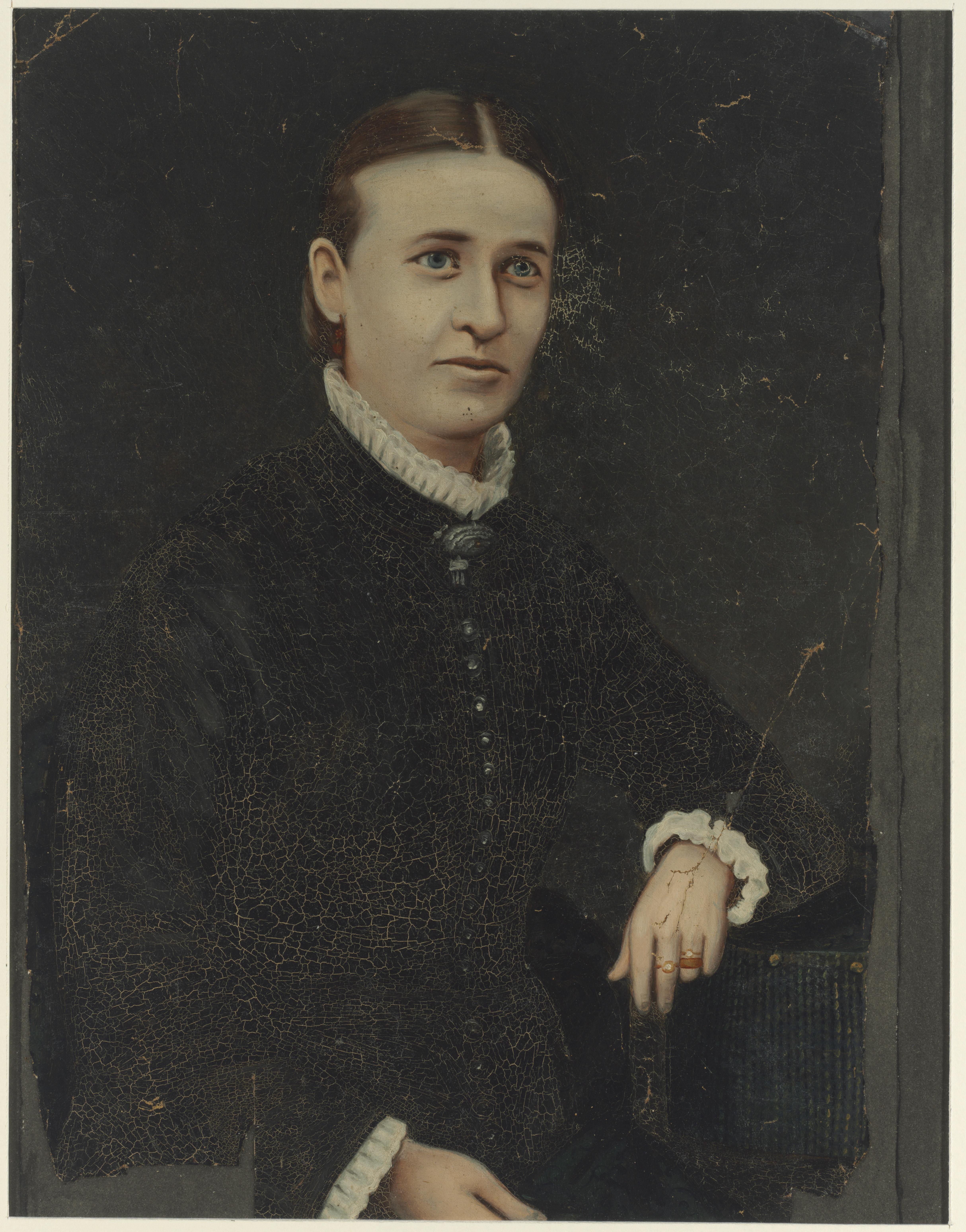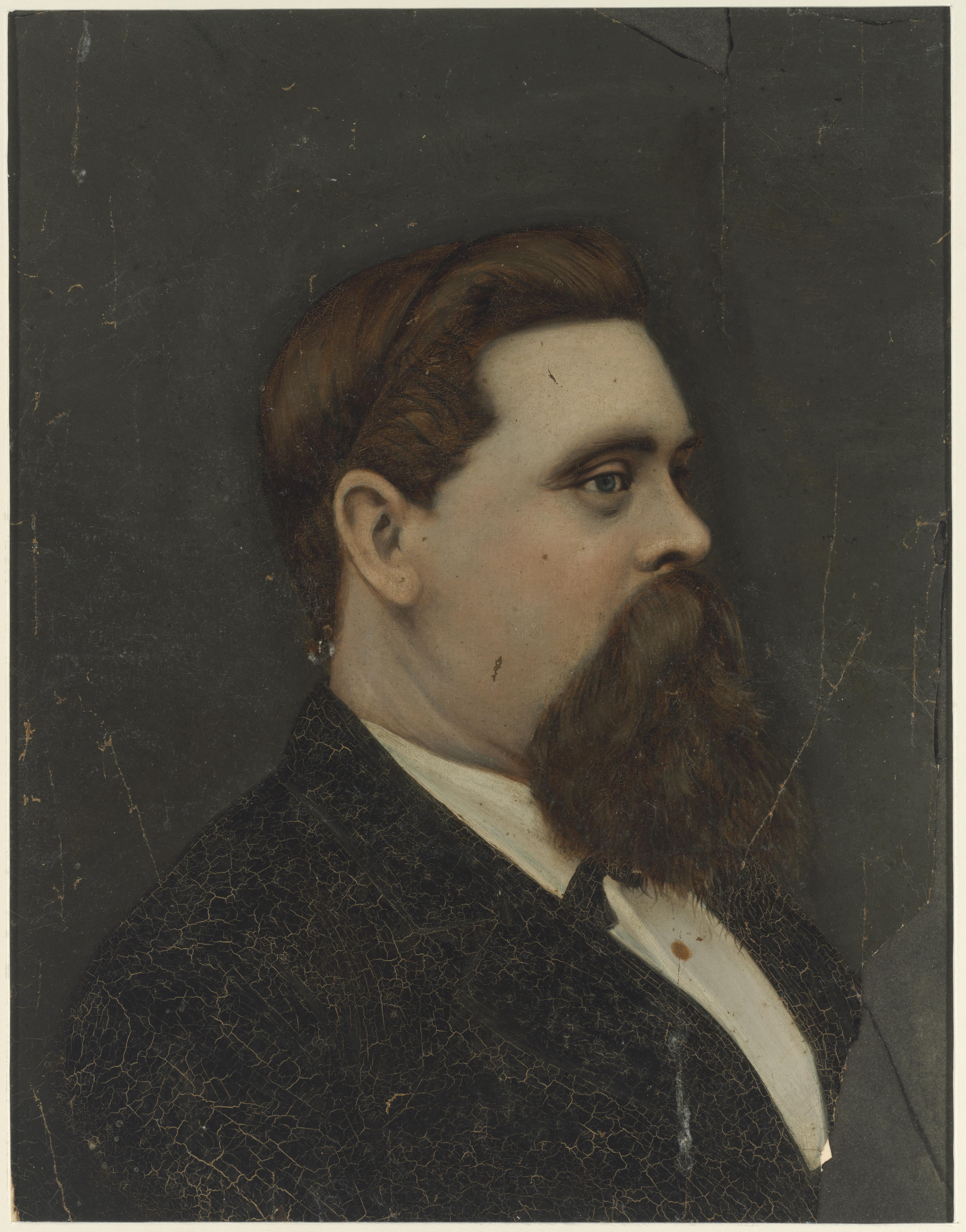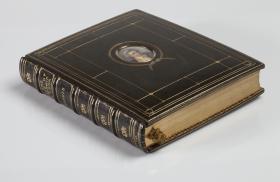In 1884 my great-great-grandfather died in a shipwreck off the coast of New Zealand/Aotearoa. His name was William Currie and he was first officer on the barque Clyde, which had unloaded part of its cargo of sugar from Mauritius at Port Chalmers, the port for Dunedin, and was heading to Lyttelton, the port for Christchurch, with the remainder. But instead of reaching Lyttelton, the Clyde struck a reef, called Snuffy Nose by whalers, on the southern side of the Banks Peninsula/Horomaka. The barque broke up quickly and everyone on board drowned except for a 17-year-old ship’s apprentice called George Gibson. Only two bodies were recovered — that of another apprentice, Herbert Bohle, only 13 or 14 years old and on his first voyage to see how he liked the sea, and that of the captain, Edward ‘Ted’ Culmer.
Gibson’s account, published in the New Zealand newspapers, describes how Captain Culmer ordered the crew to launch a lifeboat, which they did. The captain’s three children — Mary Margaret (aged five or six), Edward Thomas (aged three or four) and Edith May (about one) — were passed safely to the boatswain in the boat. As the captain’s wife Margaret got in, the lifeboat got caught under the rail of the Clyde and was swamped. When Gibson saw the mainmast falling, he dived underwater. The lee rail of the Clyde was underwater. Water covered the poop deck and the captain, alive but stunned and covered in blood, was floating in it. The two older children were alive, too, floating near their father. Gibson assumed their mother ‘went down below’ when the lifeboat was swamped. He got the children into another lifeboat with mate William Currie, apprentice Herbert Bohle, and two other crew members but soon, it too was swamped in the wreckage. While he was holding on to the spanker boom Gibson saw the captain and his elder daughter Mary, who was still alive, float past. He grabbed Mary’s arm, but a big wave forced him to let go. He got on the deckhouse, was washed off, got back on again and was washed into shore. Gibson walked to a colonial settlers’ hut and they rode off to raise the alarm. It was about 8 am on Thursday, 6 November, 1884.
He grabbed Mary’s arm, but a big wave forced him to let go.
By 1 pm a steamer had arrived from Akaroa, about 24 kilometres away by sea. It took Gibson and the body of apprentice Bohle, which Gibson and locals found, back to Akaroa. The settlers continued their search from land for survivors, and for more bodies. That evening they found the body of a big, stout, middle-aged man who had red whiskers, a tattooed arm and was missing the little finger of his left hand. He was too heavy to carry far so they moved him beyond the reach of the waves. When police returned to Akaroa and described the missing finger, Gibson identified the body as that of Captain Culmer. Among the debris floating near Culmer’s body was an enlarged, painted photograph of the captain and his wife, ‘wonderful likenesses’ according o a newspaper report.
The portraits of Captain Culmer and his wife Margaret held by the State Library of NSW are, like the portrait found floating at the wreck, painted photographs. They were donated to the Library in the 1970s by Mrs Culmer’s grandnieces, and were in such poor condition that the Mitchell Librarian assured the donors that the Library would undertake restoration work. In her portrait, Margaret Culmer is austerely dressed in black with white, with an almost Tudor-style collar and cuffs, but her earring is crimson and the rings on her left hand are gold. The dark painted surface is cracked and a pale crack circles the pupil of her left eye, giving her a strange, glassy expression: Remember us. I cannot help wondering whether these portraits were retrieved from the wreck and somehow made their way back to Australia.
Captain Culmer’s portrait shows him in 7/8 profile. He has a good head of hair, magnificent brown-with-a-touch-of auburn whiskers and a beard, which is unruly at the ends. His faintly rose-tinted cheek is shaved, which must have been the facial-hair fashion of the time. His skin is pale, smooth and young looking. He’s probably about 29. I don’t imagine he is a man who wears a suit often (his body was found without jacket or boots); his thick neck fills up his collar. The photograph-painting shows signs of wear: nicks in the captain’s forehead and cheek, tears at the top and right-hand lower corner that reveal the layers of paint. There is an ochre-auburn drop on the centre of his white shirt, a stain on the surface of the portrait, that looks like blood. His eyes are blue, a touch of sunset in the colouring around them. The more I look at the original, the more uncertain his expression seems to be.
Culmer’s good nature and genial disposition were well known in Port Chalmers and Lyttelton from his days as master of the barquentine May, of Wellington. Though he was only about 34 when he died, he had a colourful past. According to the Otago Witness, Culmer was first officer on the barque PCE (Peace, Comfort and Ease) under Captain David Cochrane Law. In 1874, Captain Law enabled Henri Rochefort, who was an owner of newspapers and a vaudeville writer, and five other prominent French Communards, to escape the French penal colony in New Caledonia by taking them from Noumea to Newcastle/Mulubinba on the PCE. About 4000 communards were transported to New Caledonia after the fall of the Paris Commune in 1871. In his book At the Back of the World: wanderings over many lands and seas, mariner George Pugh describes the first officer of the PCE on the voyage that brought the Communards to Newcastle, though he does not name Culmer: ‘The mate was a most illiterate man, coarse in speech and manner, and proud of his manners, or lack of them, but a good seaman, and utterly fearless. It was generally believed on board that he would have gone to sea on a plank if the pay had been good enough.’
For Rochefort and the five other Communards, the escape was successful. They disembarked in Newcastle without being apprehended. In his memoir Retour de la Nouve Calédonie de Nouméa en Europe, Rochefort writes with great verve about Newcastle and relays how after the escape the PCE’s owners, Sydney-based firm Montefiore, sacked captain and crew. On its next voyage the PCE was wrecked just south of Lake Macquarie, with the loss of one life. (You can read more from Pugh and Rochefort on the Hunter Living Histories website.)
There are more French connections in the Clyde’s last voyage. Barque and crew left Newcastle on Boxing Day 1883 for the port of Haiphong in Tonkin, now northern Vietnam, where the French were fighting the Vietnamese and Chinese to establish a protectorate. Newspaper reports do not divulge what the Clyde traded but, according to the Otago Witness, a French admiral chartered the Clyde to sail to Formosa, now Taiwan, where the French were imposing a blockade. For six weeks the Clyde was paid 500 francs per day to be a storeship. After the blockade broke up, they sailed via Singapore to Mauritius, loaded sugar and made what was considered a slow 40-day crossing to Port Chalmers in New Zealand. After unloading part of the sugar cargo there, the Clyde was towed to sea on the morning of 5 November, bound for Lyttelton with the remaining sugar. After Lyttelton, barque and crew were scheduled to return to Newcastle under ballast. But they never made it.
The colonial settlers of Horomaka found Captain Culmer’s body in a place accessible only with the aid of ropes and they could not get back there because of torrential rain. On Monday, four days after the Clyde struck the reef, they were finally able to retrieve his body. They collected wood from the wreck (bluegum and ironbark from the Williams River in NSW, where the Clyde was built), carried it up the cliff and, on the spur, made a sled. Sixteen men carried the captain’s body up to the sled, where it was met by horses and taken along Peraki spur to Wainui. From Wainui it was taken by whaleboat, in a raging south-westerly, across Akaroa Harbour to Akaroa where it was put in a coffin.
In Akaroa George Gibson testified at the inquests of Captain Culmer and Herbert Bohle. Bohle was buried in Akaroa. Gibson then travelled with shipping agent Joseph Kinsey to Christchurch. With them was Captain Culmer’s body. Culmer’s mother lived in Christchurch and wanted her son to be buried there. In the Lyttelton Anglican Cemetery there is a memorial to Edward Smith Culmer (1851–1884), Margaret Moy Culmer (1857–1884), Mary Margaret Culmer (1878–1884), Edward Thomas Culmer (1880–1884), Edith May Culmer (1883–1884). In the picture online, the square column stands on a hill with a view of the sea.
My great-great grandfather William Currie left four children in Stockton/Burrabihngarn. There was usually not any financial support for the families of lost mariners. My great-grandmother Jessie Currie was 17-years old when her father drowned. Her mother had died of tuberculosis the year before. One of her brothers, a ship’s carpenter, sailed to Lyttelton and back after the Clyde was wrecked. Was he looking for traces of his father?
I don’t know how long it took for Jessie Currie and her siblings to accept that their father wasn’t coming home. On the first anniversary of his death they put a notice in the Newcastle Morning Herald and Miners’ Advocate: ‘In affectionate remembrance of our dear father, William Currie, who perished in the barque Clyde at Horseshoe Bay, New Zealand, Nov. 8th, 1884. Dead but not forgotten.’
None of Jessie Currie’s sons went to sea.
Rowena Lennox is the author of numerous essays, stories and poems and two books: Dingo Bold and Fighting Spirit of East Timor. ‘The Captain’ is part of a longer essay about the wreck of the Clyde.
This story appears in Openbook winter 2023.







